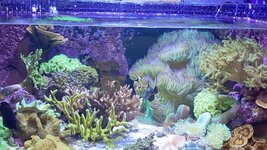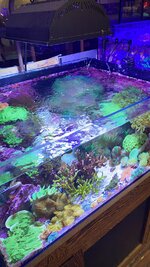alstang1
Supporting Member
- Joined
- Jul 30, 2004
- Messages
- 473
- Reaction score
- 171
So I’m only worried about Nitrate. The other two valves really don’t apply unless the tank is brand new or something died in the system.
Definitely bring up the nitrate to about 3ppm and see what you observe. You can do this but turning off the skimmer for a bit each day, feeding more, dosing NaNO3, etc. I have a video I’ll link below on how to make your own. Excuse the audio issues:
What was said in this video is exactly what my tank is doing. Wish I had the product on hand. Is there any temp solution in Houston til that comes in? I’ll be in H-town Monday to collect clown fry.

















